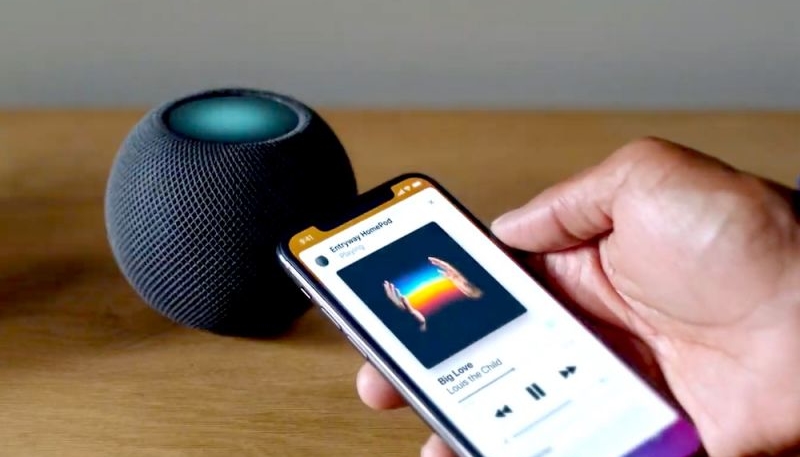Apple’s move to include Ultra-Wideband chips in its devices has driven growth in the research of the technology and its applications, says a new report by DigiTimes.
Ultra-Wideband is the short-range, low power radio technology that allows more precise indoor positioning than Bluetooth LE or WiFi. The technology can precisely measure the distance between UWB devices by calculating the time that it takes for a radio wave to pass between them.
Apple’s iPhone 11 and iPhone 12 lineups have included a customer U1 chip, and other Apple products, such as the Apple Watch 6 and HomePod mini also support UWB. Today’s report says Apple’s use of UWB has been the driving factor behind the adoption of the technology:
Apple has adopted the UWB technology for iPhone 11 and 12 series, Apple Watch 6 and HomePod mini, while Samsung Electronics has launched UWB-enabled smartphones including the Galaxy Note 20 Ultra and the Galaxy Flip 2 and China-based Xiaomi has also offered a UWB-enabled smartphone model, Digitimes Research indicated.
Apple’s HomePod 14.4 beta includes new HomePod mini functionality that takes advantage of the U1 ultra wideband chip included in the device. When an iPhone 11 or 12 is near a HomePod mini, it begins a soft haptic touch rhythm that gets faster and faster as the iPhone gets closer, until the interface to transfer a song between the HomePod mini and the iPhone opens.
Apple’s much-rumored “AirTags” are also expected to feature UWB technology, while Tile is expected to debut an upgraded lineup of its item trackers that make use of UWB technology for more precise tracking.
Apple has made access to its U1 chip available via its “Nearby Interaction” framework, which can stream distance and relative direction between U1-equipped devices, paving the way for new spatial-related user experiences.


